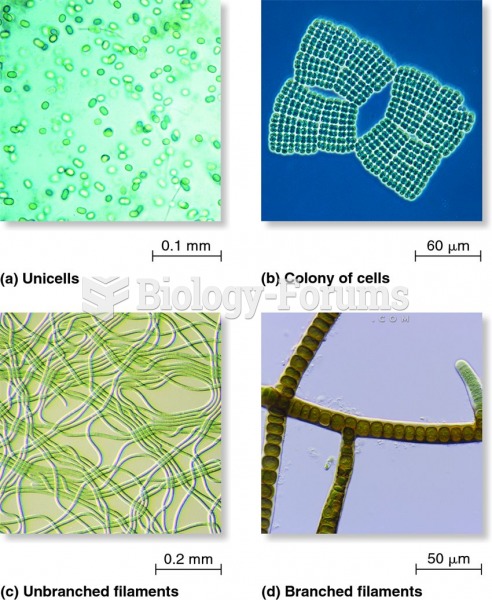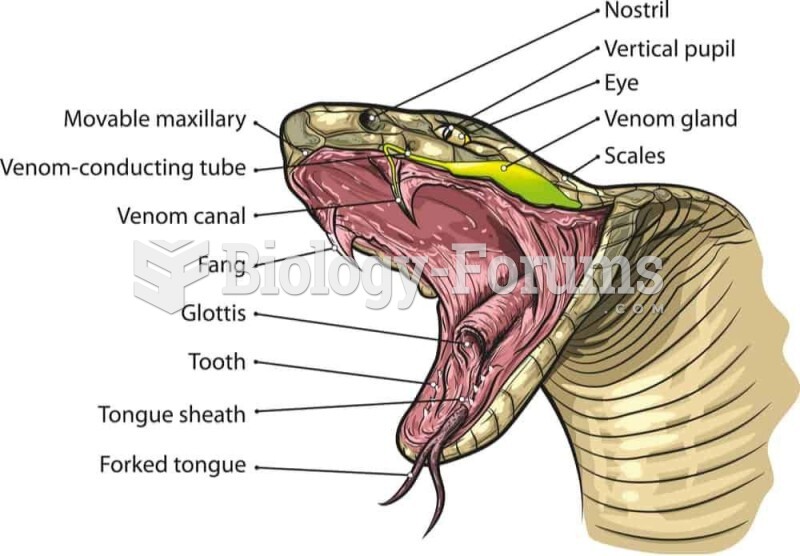|
|
|
Asthma occurs in one in 11 children and in one in 12 adults. African Americans and Latinos have a higher risk for developing asthma than other groups.
Earwax has antimicrobial properties that reduce the viability of bacteria and fungus in the human ear.
The National Institutes of Health have supported research into acupuncture. This has shown that acupuncture significantly reduced pain associated with osteoarthritis of the knee, when used as a complement to conventional therapies.
More than 30% of American adults, and about 12% of children utilize health care approaches that were developed outside of conventional medicine.
The heart is located in the center of the chest, with part of it tipped slightly so that it taps against the left side of the chest.






